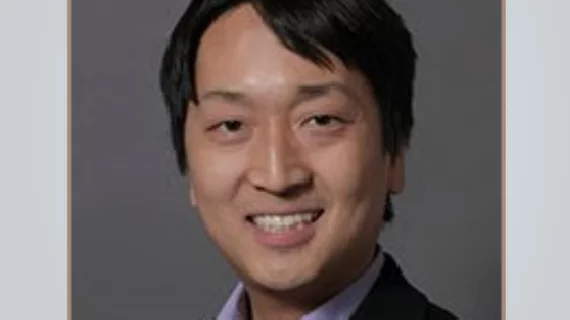UCLA’s William Hsu named deputy editor of RSNA's new AI journal
William Hsu, PhD, a biomedical informatician and associate professor of radiology at UCLA, has been named deputy editor for the Radiological Society of North America (RSNA)’s new journal, Radiology: Artificial Intelligence.
The online journal, which will be led by newly named editor Charles Kahn Jr., MD, from the University of Pennsylvania’s Perelman School of Medicine, in Philadelphia will launch in early 2019 and publish bi-monthly.
“It is an honor to be a deputy editor for Radiology: Artificial Intelligence. It has been a joy to read about the latest work in artificial intelligence (AI)/machine learning and their application in enhancing the practice of radiology,” Hsu wrote in an introductory blog post for RSNA. “I look forward to having continued discussions with the community on the best way to validate, disseminate and translate these exciting developments toward realizing individually tailored medicine.”
Hsu currently leads an informatics team at UCLA that establishes databases which support analysis tools and workflows to collect clinical, imaging and molecular data as part of their Integrated Diagnostics radiologic and pathologic initiative. With their research, Hsu hopes his team can help better understand early stage diseases through medical imaging.

